Mastery of weapons and armor is more than just picking up a sword you found in the dungeon. The Fighter represents the epitome of training with weapons and armor in Dungeons and Dragons 5E. Their Martial Archetype serves as the direction their study of weapons took them as they grew stronger.
Only one of these subclasses can reign supreme on the battlefield. Let’s investigate each of the Fighter’s Martial Archetypes and find the one that’s right for you.
Martial Archetypes are the Fighter’s subclass and are unlocked at level three. One of the most impactful archetypes for any class, Archetypes give benefits at levels three, seven, 10, 15, and 18. These benefits follow no proven pattern and range from giving a pile of utility actions to spell slots and pseudo-spell slots.
All playable Fighter archetypes in DnD 5E
There are ten officially playable martial archetypes in 5E, including the Echo Knight from Explorer’s Guide to Wildemount. While only one of these archetypes has a specific prerequisite, talk to your DM before taking one that is outside of a campaign’s comfort zone, like the Psi Warrior.
Martial Archetypes are hugely impactful to the Fighter’s otherwise stagnant class list. Without your archetype, you’re largely just an Action Surge on a stick. So, to help guide you toward what to pick, follow the list below.
10. Arcane Archer
What fantastic flavor to cover up such a bland dish.
- Role: Range damage
- Notable Features: Arcane Shot
The Arcane Archer suffers from the existence of the Battle Master. Its strongest feature, Arcane Shot, allows you to apply debuffs to each arrow you fire at enemies. These range from temporary banishes and entangling arrows to dealing area of effect damage.
There’s just a minor problem. When compared to the Battle Master, the Arcane Archer deals less damage, is restricted to one type of attack, and has very few options for shots. The Battle Master can buff allies, allowing them to do more in a battle, and even minor amounts of healing. The Arcane Archer just shoots enemies with cool arrows, twice per rest before level 15.
If you want to make an Arcane Archer, we don’t blame you. It’s a really awesome and flavorful archetype. Just check Battle Master first, since it might handle a lot of what the Arcane Archer has to offer.
9. Champion
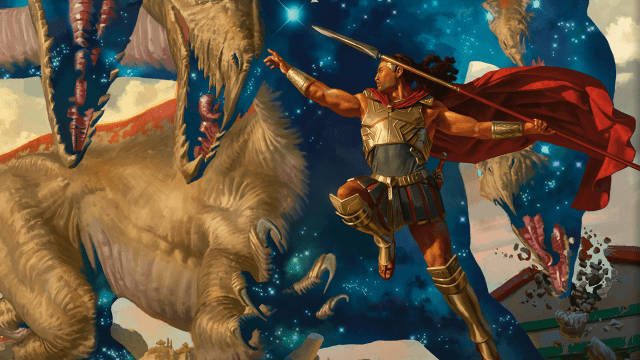
The Champion offers so, so incredibly little for the Fighter. And it stole probably the coolest name from other archetypes.
- Role: Melee damage
- Notable Features: Improved Critical, Additional Fighting Style
The Champion is best known for improving the critical hit rate of weapon attacks by one step, letting you critically hit on 19s. In a system like DnD 3.5, this could be a huge boost in damage. In 5E, this just lets you roll weapon damage dice again. Not exactly a massive boost of damage when most Fighters focus more on your modifier to damage rolls.
The rest of the archetype doesn’t do much to help. Remarkable Athlete improves ability checks—and initiative, which is admittedly useful—by a small amount. Additional Fighting Style is a cool ability but usually ends up just granting you Defense or an alternative weapon option. Not exactly flashy.
Superior Critical has the same problem as Improved Critical: Weapons are just not that good at critting in 5E. Without aid from magical weaponry, this archetype is really low power.
However, its level three ability can help other classes, like Barbarian or Paladin, reach the peak of their damage. So, it at least serves as good multiclass fodder.
8. Purple Dragon Knight (Banneret)
Come, fair Fighter. It is time for us to pretend to be healers.
- Role: Support melee
- Notable Features: Rallying Cry, Inspiring Surge
The Banneret is one of the few ways that a Fighter can legitimately heal and aid others in combat. Unfortunately, it heals and aids others in combat just once per short rest.
Rallying Cry allows three other creatures to heal your fighter level of health when you Second Wind. That’s pretty significant like you just cast three Healing Words at once. But, Second Wind is once per short rest.
Inspiring Surge lets an ally attack alongside you when you Action Surge, and improves to let two allies attack alongside you. However, Action Surge is once per short rest. Twice at level 18, which does vastly improve this ability, but still quite limited.
Bulwark helps an ally make a Saving Throw against a mental effect when you use the Indomitable Feature. Indomitable is even worse since it recharges on long rests instead.
And the only feature that isn’t reliant on your Fighter passing out after every fight—Royal Envoy—just helps them talk to others. A nice feature, but you get it at level seven. A bit late to be the party’s sole conversant.
Amazing flavor, but too niche to really make an impact compared to other Fighter options.
7. Samurai
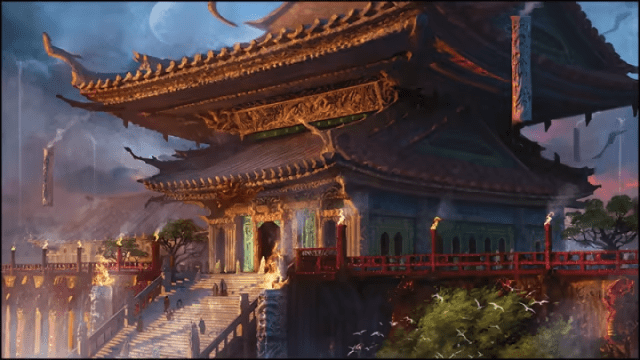
A true Ronin knows how to get the advantage over their enemy. Three times per day.
- Role: Melee damage dealer, ranged damage dealer
- Notable Features: Fighting Spirit, Rapid Strike, Strength before Death
The Samurai is a shockingly basic Fighter subclass, offering a single, resource-based benefit that the entire archetype revolves around: Fighting Spirit. This feature lets you gain advantage on a weapon attack—as well as scaling temporary hitpoints. That’s it. It’s like Reckless Attack if it had Rage’s charges per day.
But, the Samurai excels in the late game. You get proficiency in Wisdom, you refuel Fighting Spirit on initiative, and you can prevent yourself from falling unconscious during a bonus turn.
At level 15, the Samurai can negate their own advantage to instead swing again. That means the Samurai is capable of swinging a Greatsword five times per turn. Depending on your magical weaponry, that’s quite a lot.
Overall, a very simple archetype pigeonholed by its three-times-per-day advantage and power focused on the late game. Try it if you know the campaign will get to level 10 quickly.
6. Cavalier
Time to stuff a horse through the door of an ancient crypt.
- Role: Melee tank
- Notable Features: Unwavering Mark, Warding Maneuver
The Cavalier is not that bad of an archetype. It focuses on staying on the frontline and defending their fellow melee characters against damage.
However, part of their power lies in getting a mount. Born to the Saddle is an ability that only applies to mounted creatures. And using a mount in DnD 5E is difficult at best. In a game where your party takes 28 average damage from a Fireball by level five, you don’t really want to put your poor Pony through that.
So, your archetype usually goes from a neatly mounted tank to a grounded frontliner with defensive abilities. That said, it’s actually not very bad at the role. It can mark a target, making attacking other targets much more difficult. It can add AC to nearby allies while it wields a shield. It has surprising access to opportunity attacks and buffs those opportunity attacks significantly. It can even try to knock people prone for basically free once per turn.
All of these together make an odd tank, focused largely on using feats like Polearm Master to their full advantage.
5. Eldritch Knight
Finally, a resource-based archetype with some meat on its bones.
- Role: Melee damage, cantrip damage
- Notable Features: Spellcasting, War Magic
The Eldritch Knight is an archetype that gets the worst spell progression in the entire game. Great start but hear me out. At level 20, you’ll barely scratch the surface of your fourth-level spells. Your spell list is also restricted to abjuration and evocation—two of the most expansive lists, mind you but missing out on excellent buffs. You do get a few spells from other lists, but no more than four.
However, you’re not just a terrible Wizard. You’re a Fighter. With heavy armor, d10 hit dice, shield proficiency, the Defense fighting style, and Action Surge.
And you’re not stuck with just spells from the archetype, either. You get War Magic, which lets you swing your weapon as a bonus action after a cantrip. With excellent melee options like Green-Flame Blade and Booming Blade, a melee Eldritch Knight can put out numbers.
A Ranged Eldritch Knight is in a different situation. At level 10, you apply disadvantage to enemies you attack with any weapon, melee or ranged. So, you could shoot three guys and then chuck a Fireball, which they’ll have disadvantage against, by level 13. Not exactly horrendous, though it costs an Action Surge or forces you to just wait around.
4. Echo Knight
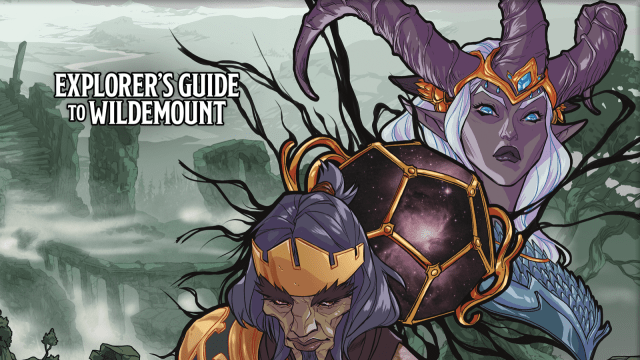
At long last, the Fighter can be in two places at once.
- Role: Melee utility, melee damage
- Notable Features: Manifest Echo, Unleash Incarnation
This Explorer’s Guide to Wildemount subclass is some of the most fun you can have with a Fighter in DnD 5E. They begin with the ability to manifest an echo of themselves which, while it can die, only takes a bonus action to create. You can attack from that square or make opportunity attacks from it, as well as swap places with it for little cost.
You also get the ability to attack extra times every turn from it by using the Unleash Incarnation feature, potentially dealing a lot of damage in a round like the Samurai. At level three. Yes, three!
The later features of the Echo Knight are a bit on the weaker side compared to its blazing start. Your level seven ability is okay for scouting, at level 10 you can kill off your Echo once per rest to take a hit, you can make a temporary hitpoint shield at level 15, and you can create two Echoes at level 18. Strong stuff in a lot of cases, but nothing overwhelming compared to the pace of your start.
For excellent battlefield coverage, high burst potential, and okay utility, the Echo Knight is hard to beat. The Eldritch Knight deals great damage at specific levels and otherwise can get high AC using spells like Shield. It’s actually a very valid option now, thanks to the Tasha’s Cauldron of Everything cantrips and the midgame ability to apply disadvantage to saving throws.
3. Rune Knight
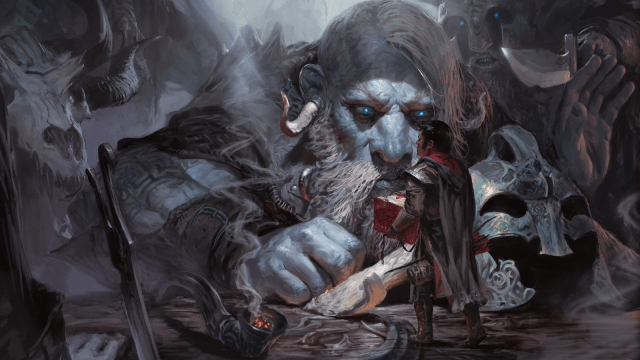
Wow, they really liked calling Fighter archetypes “knight,” huh?
- Role: Magical control
- Notable Features: Rune Carver
The main gimmick of this feature is access to a series of runes. You inscribe runes onto armor or weapons and they activate once-per-short-rest abilities. These range from restraining targets to boosting ability checks and, eventually, improve to offer resistance to physical damage or even letting you enter a state where, as a reaction, you can hand out advantage or disadvantage.
This build goes from having only two runes per short rest to having ten activations, becoming one of the strongest control Fighters near the endgame. But what an endgame that is. The ability to, on a short rest, activate the best reason to be a Barbarian, is staggeringly strong.
That’s not to mention the non-rune abilities. Runic Shield provides a way to force rerolls of d20s without using advantage or disadvantage, an extremely unique and powerful way to prevent critical hits.
You can also grow to a mighty size, dealing additional damage and more readily clogging hallways, making fights difficult for your foes at the cost of being a large target.
However, your damage is pitiful compared to other Fighter subclasses. The Battle Master can do a lot of what the Giant wants to do while being stronger in the early game. Still, in a high-damage party, this is one of the strongest control builds the Fighter has access to.
2. Psi Warrior
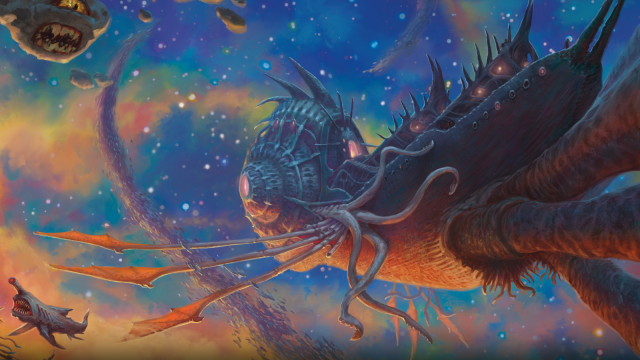
The pen might be mightier than the sword, but the psychic is definitely mightier than most pens.
- Role: Melee damage, ranged damage, non-magical utility
- Notable Features: Psionic Power, Bulwark of Force
The Psi Warrior takes a dice pool from the Battle Master, so we’re already huge fans. This dice pool works a bit differently by scaling off of double your proficiency modifier, starting at four and growing to 12. You only get these dice back on a long rest but can recover one per short rest. Assuming your party short rests three times per day, you actually have four more psionic dice than you would normally be limited to.
These dice can be spent in a variety of ways. You don’t get nearly the resume of the Battle Master, but you do get really unique benefits. For instance, you start with a damage-reducing reaction, a guaranteed damage-increasing dice roll, and the ability to move objects about with your mind. These are all at level three and scale off of Intelligence. That makes the Psionic Warrior a way to deal Intelligence and Strength/Dexterity to attacks. That’s a big deal.
In addition, as you level up, you can gain more utility for your Psionic Strike and can even fly. Eventually, you can spend psionic dice to do great defensive options; curing charmed or frightened on yourself, giving half-cover to everyone you can see as a bonus action, and casting an improved version of Telekinesis where you can also attack with your weapons.
While not necessarily as versatile as the Battle Master, the Psionic Warrior gives the Fighter very unique and very strong options that use their resource to their advantage.
1. Battle Master
Wizards of the Coast has tried a few solutions to give this class good options. But they haven’t topped the original King of Fighters.
- Role: Melee damage, melee control
- Notable Features: Maneuvers
The Battle Master has access to a set of Maneuvers, essentially fighting actions that add additional utility to separate weapon attacks. They are actions and bonus actions that do a variety of things, from applying conditions on attack to healing an ally. These maneuvers are fueled by superiority dice, a pool that starts at four and increases by one at levels seven and 15.
That’s kind of it. You get additional utility as you level, such as being capable of identifying a foe from a glance and gaining superiority dice after a fight begins.
However, it should be noted how much utility maneuvers offer the Fighter that it sorely needs. It gives them access to a ton of conditions, from knocking enemies prone to frightening them. It gives them the ability to give allies additional movement or attack actions. It can knock people back into walls, move them around the Fighter, or completely drop their guard. The Fighter gains access to three immediately, and then two more at nearly every archetypal level
And, with additional maneuvers added in Tasha’s Cauldron of Everything, it can even let the Fighter make a fifth attack with Quick Toss or gain additional tactical abilities outside of combat.
This is the Arcane Archer done right. Good damage, but damage mixed with utility on a resource that refreshes commonly. If you want to bring a Fighter to level 18 or 20, then this is the archetype you want to use most.


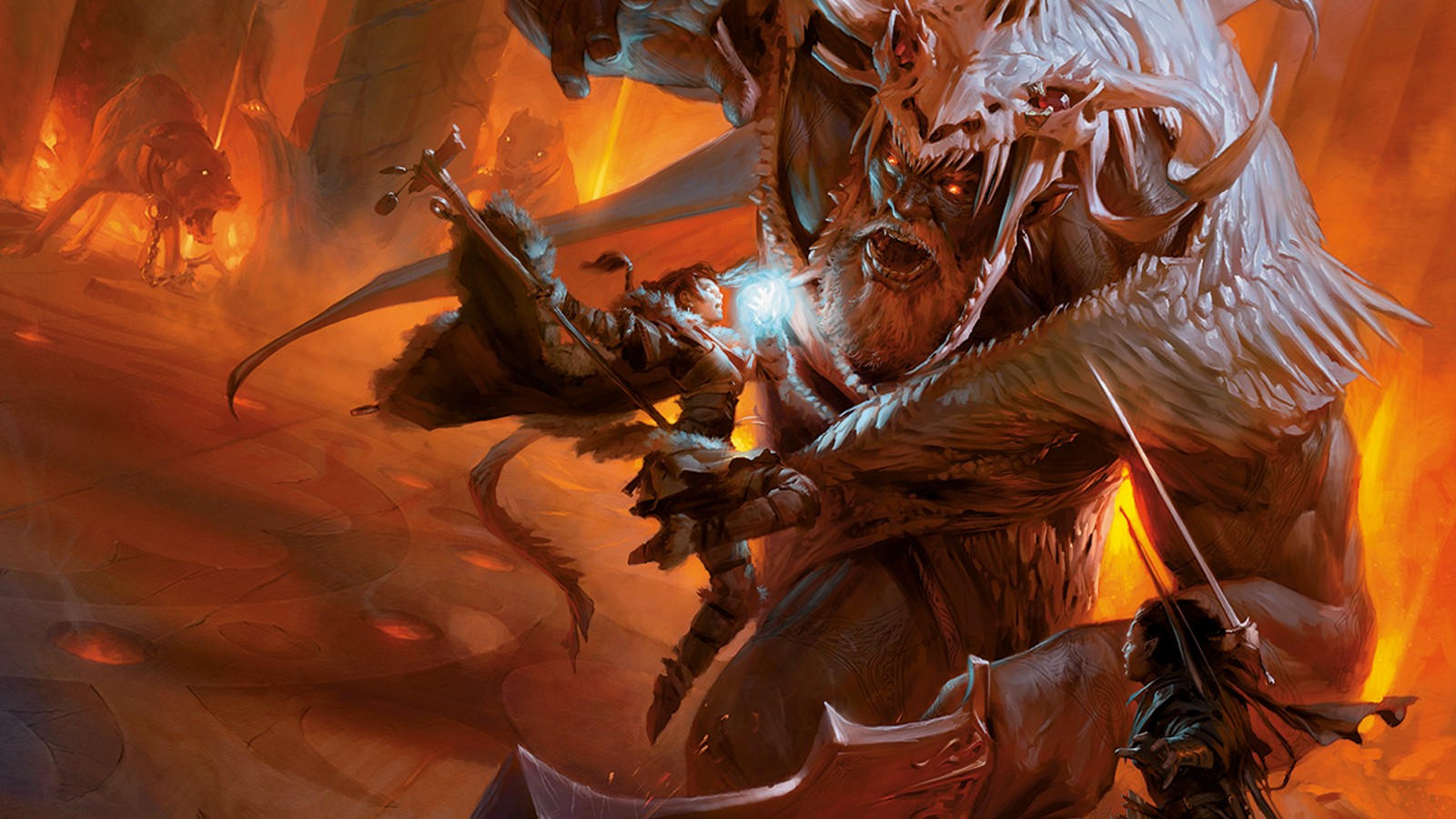
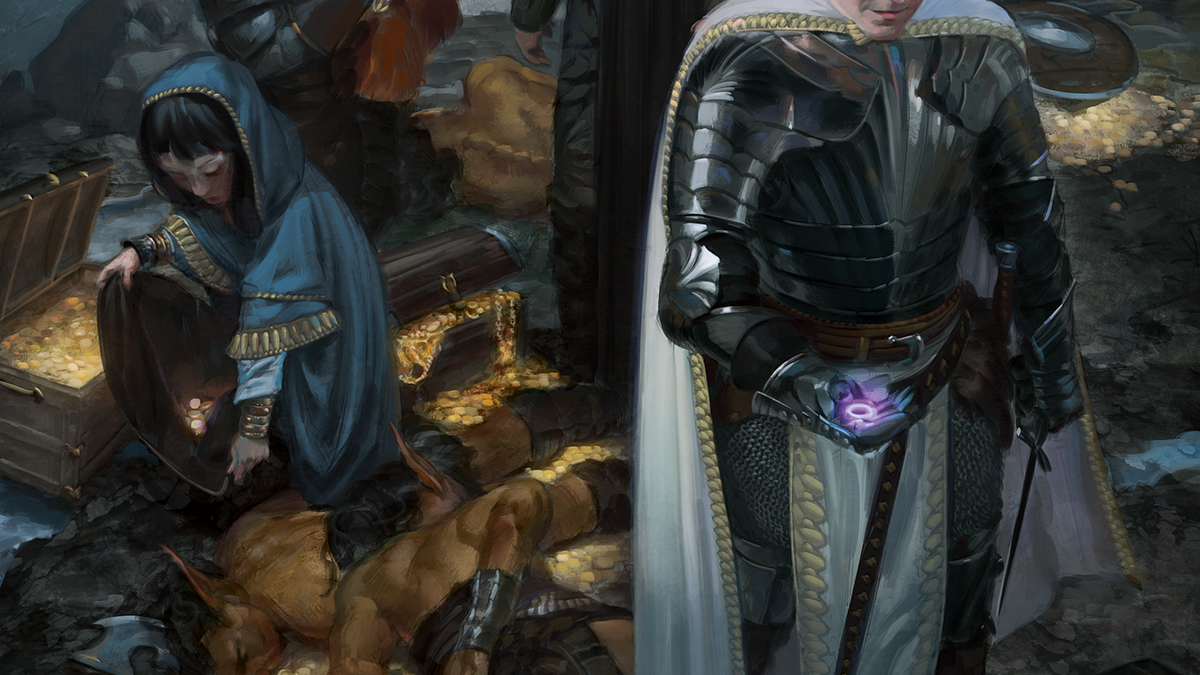
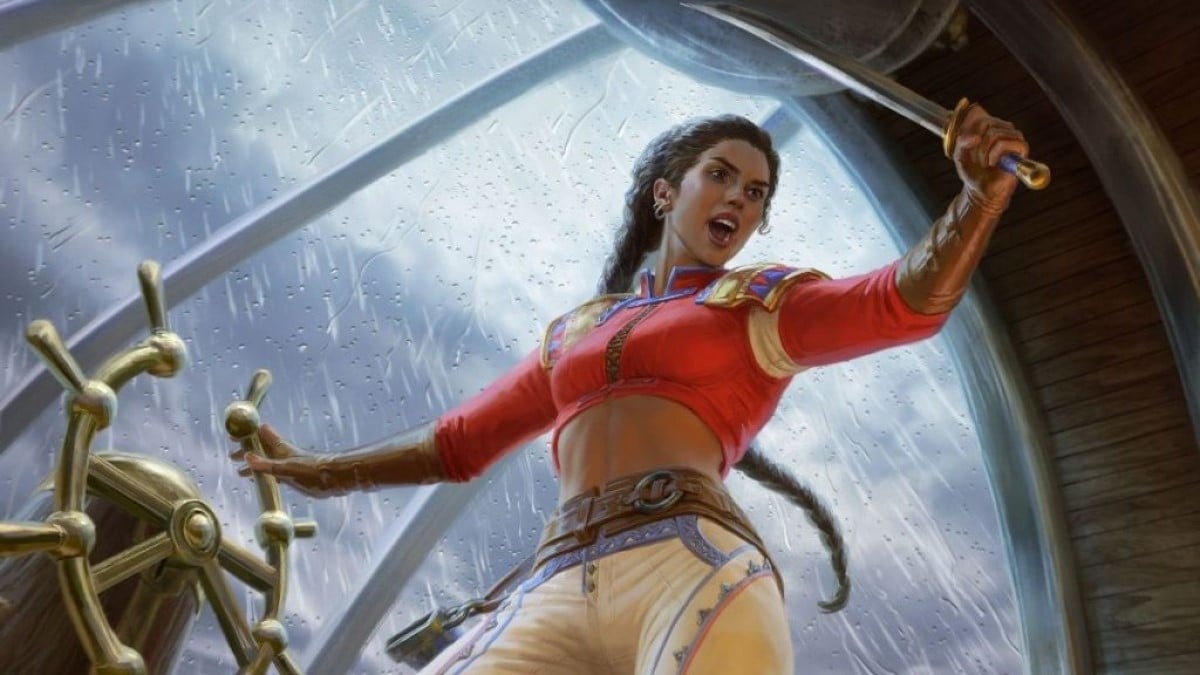

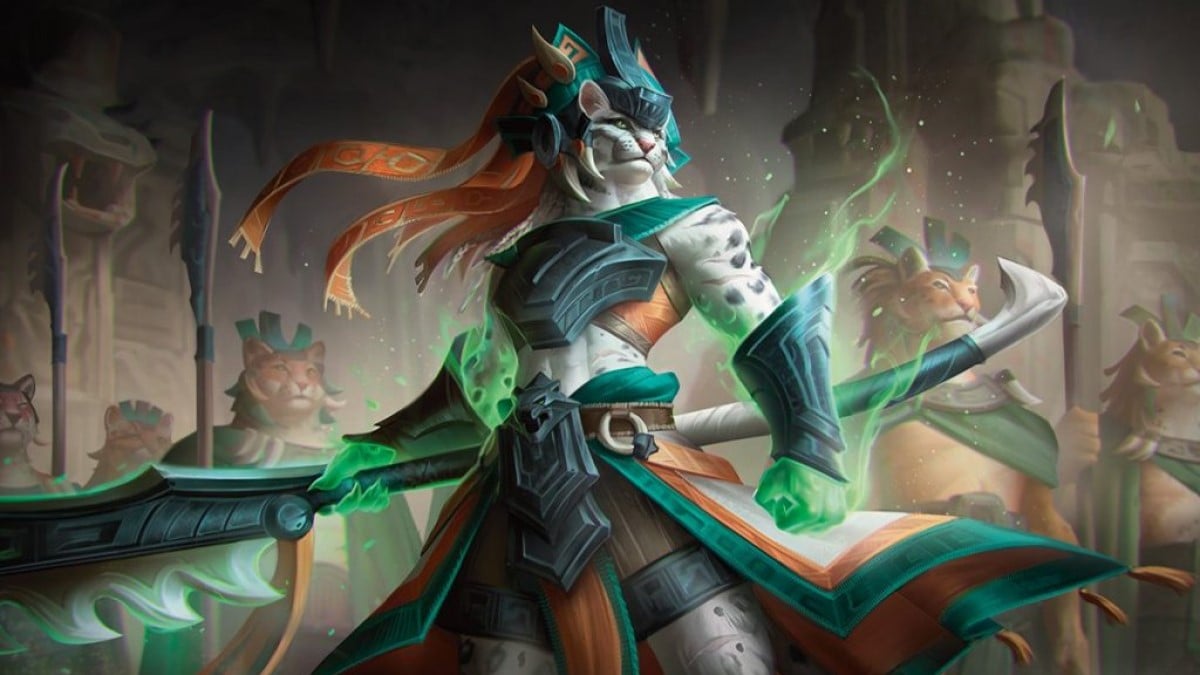
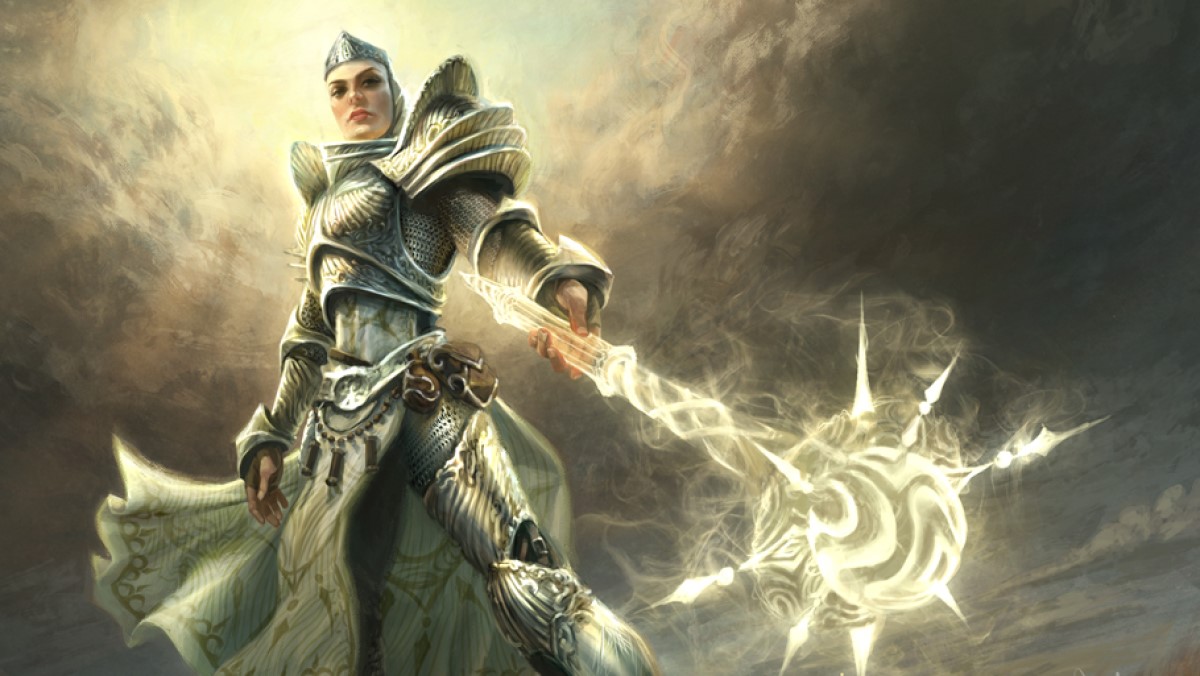

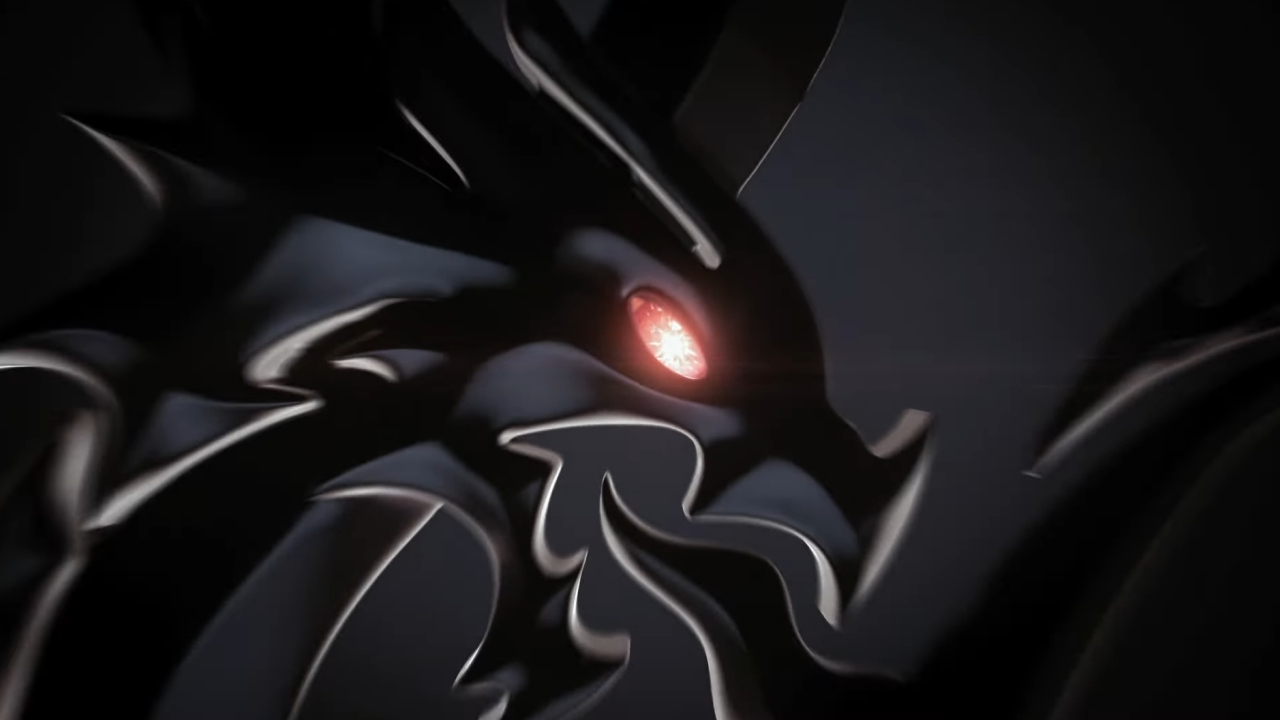
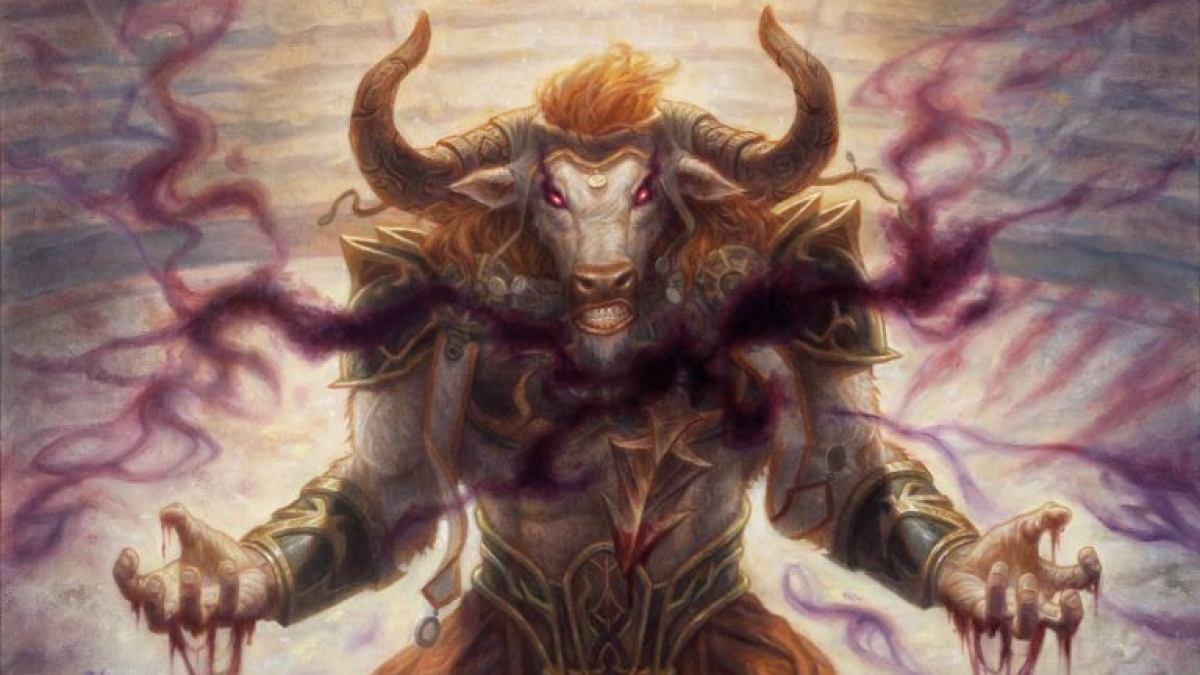
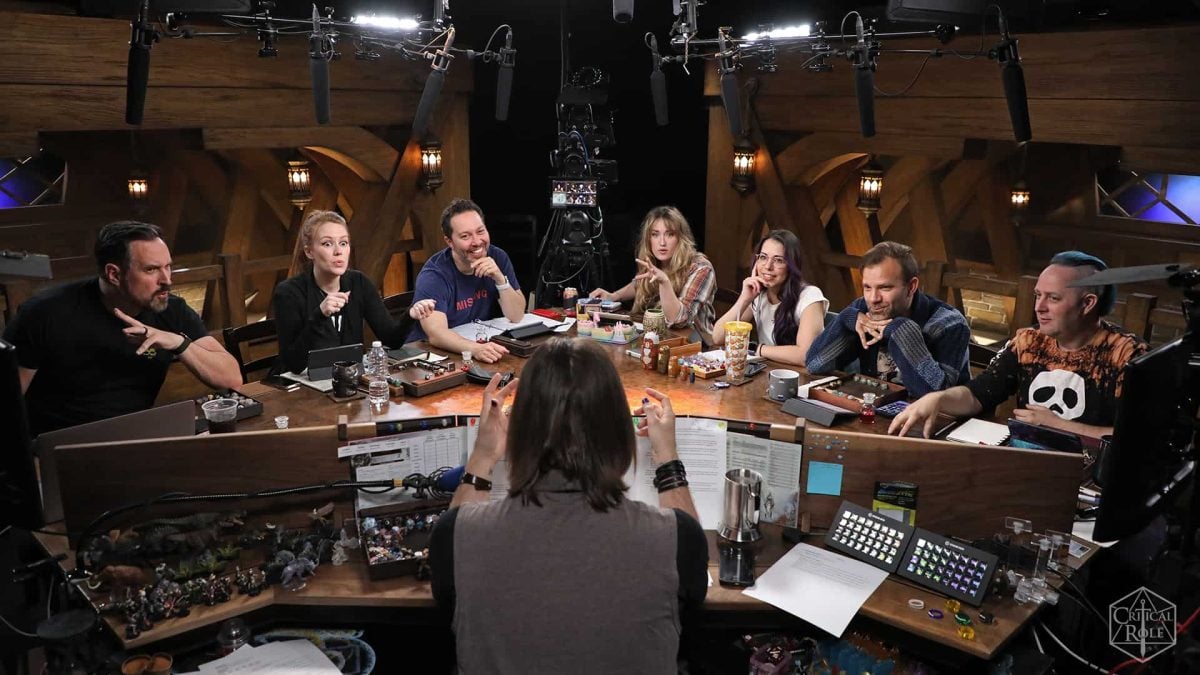
Published: Sep 10, 2023 12:45 am